- About us
- Support the Gallery
- Venue hire
- Publications
- Research library
- Organisation chart
- Employment
- Contact us
- Make a booking
- Onsite programs
- Online programs
- School visit information
- Learning resources
- Little Darlings
- Professional learning
Purchased 2013
© Michael Riley/Copyright Agency, 2024
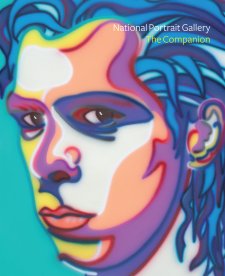
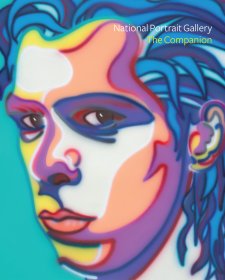

On one level The Companion talks about the most famous and frontline Australians, but on another it tells us about ourselves.
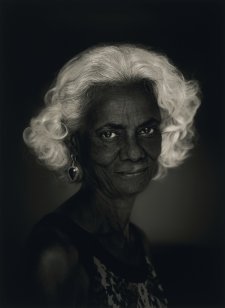
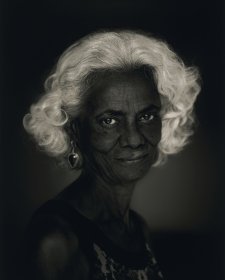
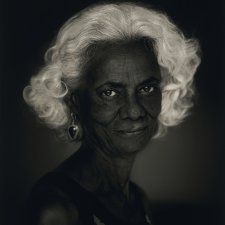
Photographed 35 years apart, these two portraits offer both a timeline of, and thematic thread for, Maria (Polly) Cutmore’s life – from a young woman to a respected Gomeroi Elder.
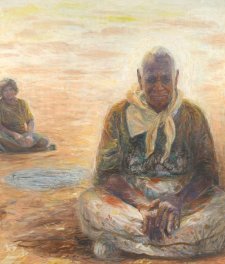
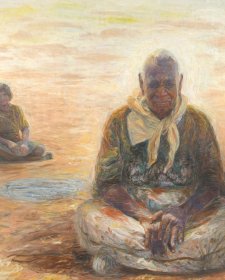
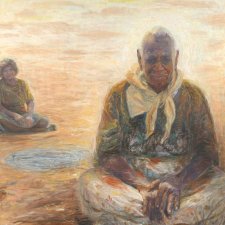
Joanna Gilmour reflects on 25 years of collecting at the National Portrait Gallery.